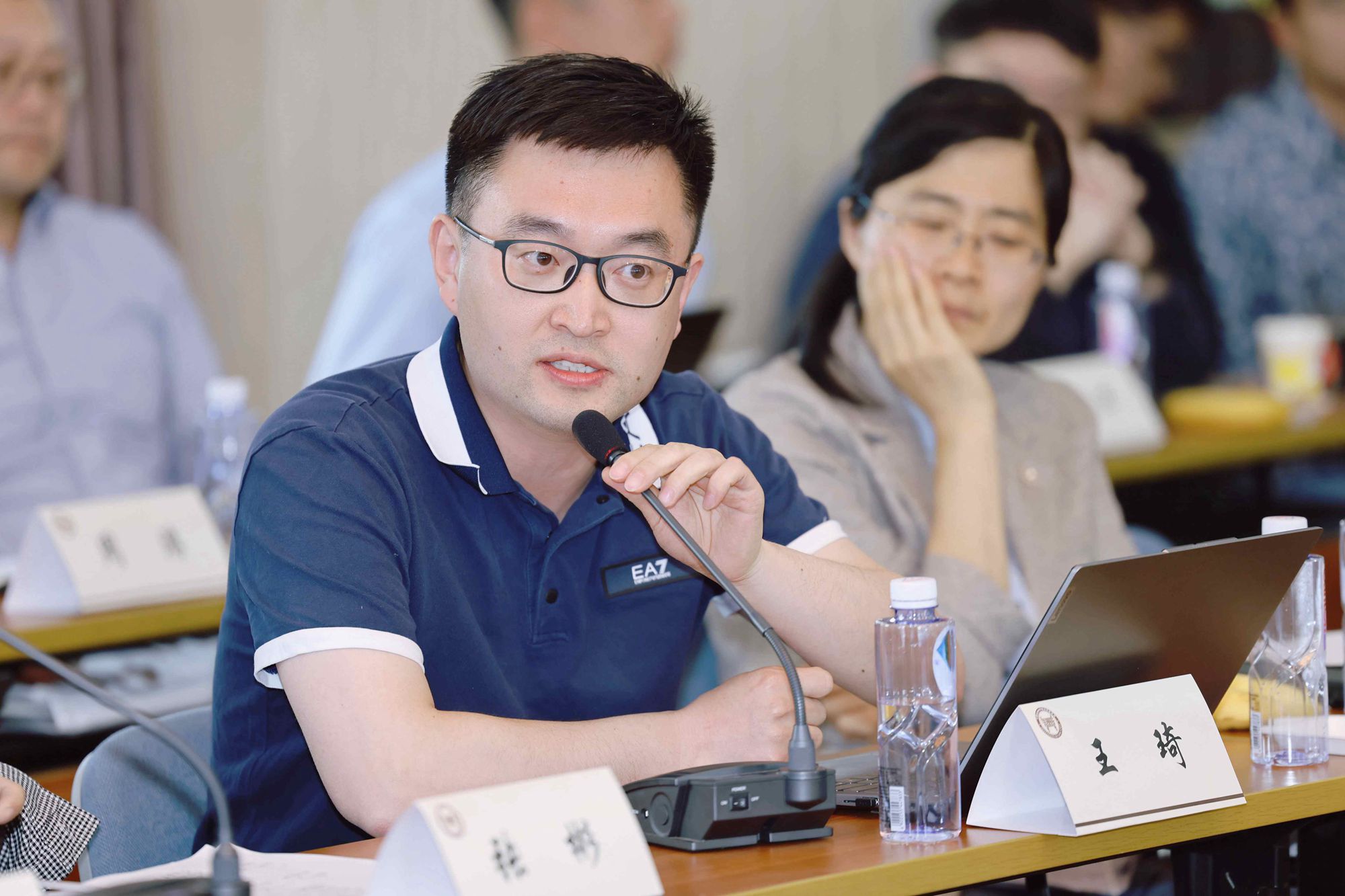
Abstract: The main function of the civil liability of verification institutions is to form an effective deterrence to potential wrongdoers and compel them to diligently fulfill their function as gatekeepers of the securities market, rather than to compensate for damages. The legal joint and several liability plays a positive role in ensuring that investors get sufficient compensation for damages, but it may cause “'deep pocket” effect and alienate it into guarantee liability, thus causing improper interference in the normal business activities of verification institutions. Although the application of proportional joint and several liability and the attempt of judicial interpretation to limit the fault identification standard of verification institutions can alleviate the negative impact of joint and several liability to some extent, they are faced with the problems of insufficient legitimacy basis and failure to fully respond to practical disputes. To ensure that verification institutions' responsibilities are consistent with their faults and realize the deterrence function of civil liability mechanism of encouraging verification institutions to be diligent and responsible, the Securities Law should change the form of civil liability of verification institutions into proportional liability, so as to achieve a proper balance between encouraging verification institutions to be diligent and responsible and avoiding interference in their normal operation.
Key Words: verification institutions; misrepresentation; deterrence function; joint and several liability; proportional liability
Author: Wang Qi, assistant research fellow, CASS Institute of Law;
Source: 1 (2023) The Jurist.



